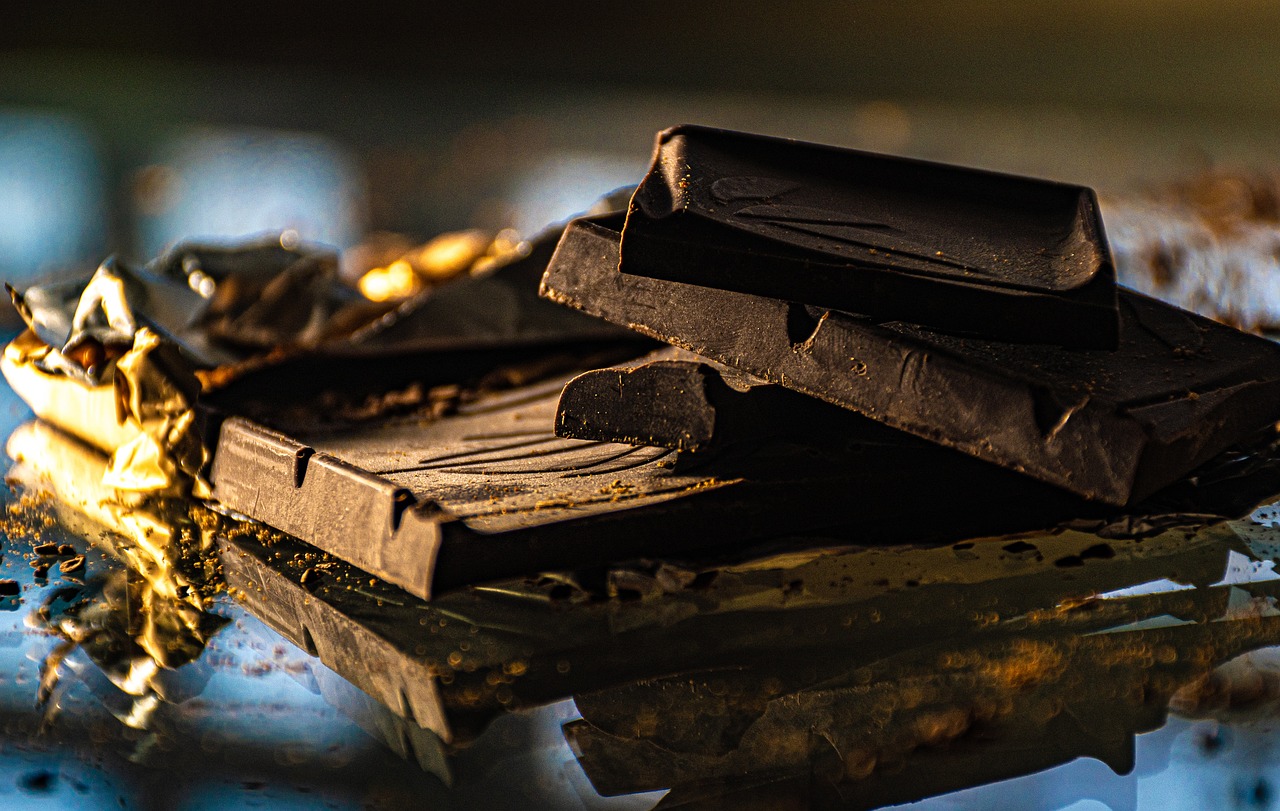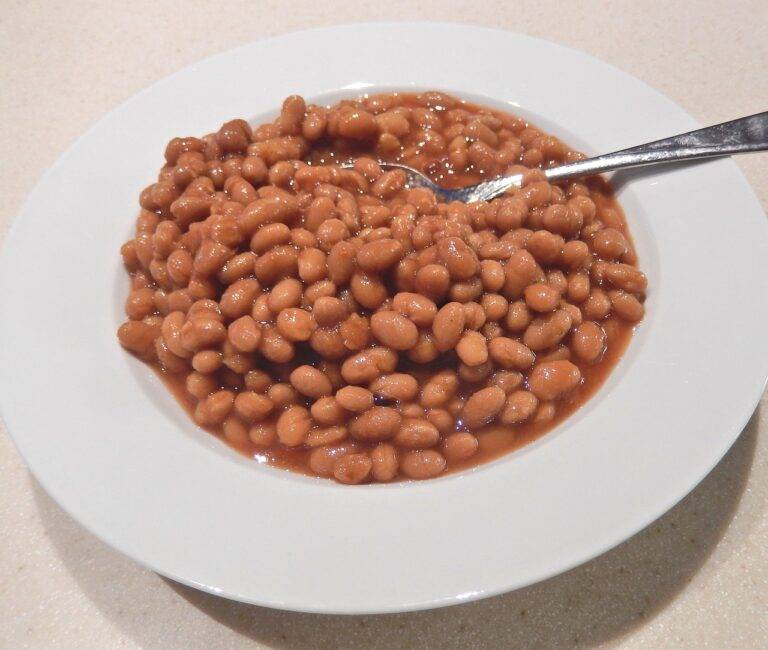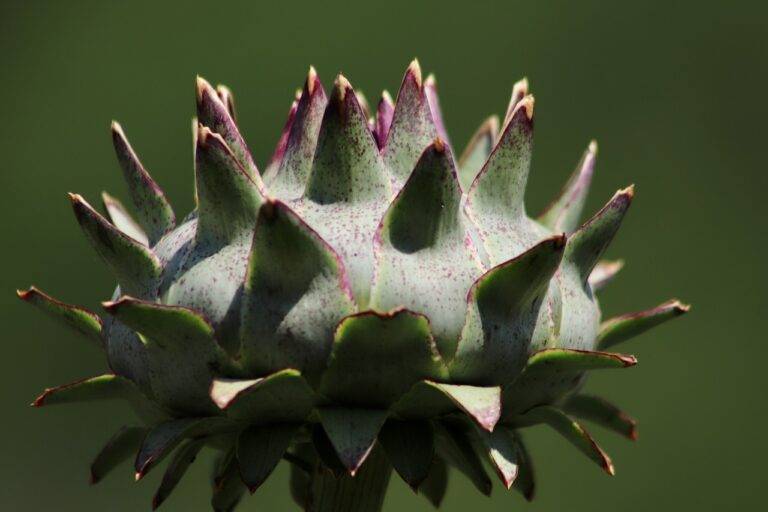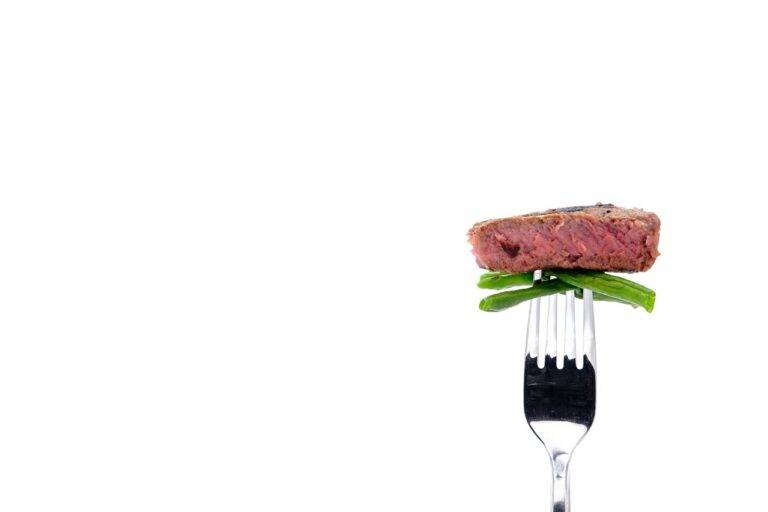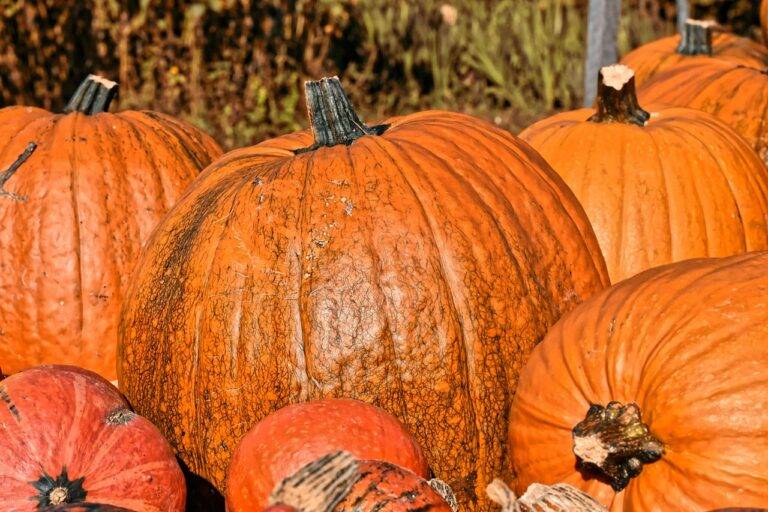How to Create a Home Herb Garden
When embarking on creating your own herb garden, it is essential to consider the space available and the amount of sunlight the area receives. Most herbs thrive in areas with at least six hours of sunlight daily. Therefore, choose a location that receives ample sunshine throughout the day to ensure your herbs flourish.
Additionally, plan the layout of your herb garden carefully, taking into account the height and spread of each herb. This will help prevent overcrowding and ensure that each plant has enough space to grow and spread. Consider grouping together herbs with similar watering and soil requirements to simplify maintenance and promote optimal growth.
Choosing the Right Location for Your Herbs
When deciding on the location for your herb garden, it’s essential to consider the amount of sunlight the area receives. Most herbs thrive in full sun, requiring at least six to eight hours of direct sunlight daily. A sunny spot will help your herbs grow vigorously and produce an abundance of aromatic leaves, perfect for enhancing your culinary creations.
Additionally, it is crucial to choose a location with well-draining soil to prevent waterlogged roots and fungal diseases. Herbs generally prefer soil that is slightly on the drier side, as they are prone to root rot in overly wet conditions. Raised beds or containers filled with a high-quality potting mix can provide the necessary drainage for your herb garden to flourish.
Selecting the Best Herbs for Your Garden
When choosing herbs for your garden, consider both culinary and medicinal varieties to create a well-rounded selection. Kitchen favorites like basil, rosemary, and thyme not only enhance your cooking but also add fragrance and color to your garden. Medicinal herbs such as lavender, echinacea, and chamomile can be used for teas, skincare, and natural remedies.
It’s essential to research the growth requirements and maintenance of each herb to ensure they thrive in your garden. Some herbs, like mint and chives, are vigorous growers and may need to be contained in pots to prevent them from taking over your garden beds. Conversely, herbs like cilantro and dill prefer cooler temperatures and may bolt in hot weather, so plan accordingly to maximize their growth potential.
When selecting herbs for your garden, consider the following factors:
• Culinary herbs like basil, rosemary, and thyme add flavor to your dishes
• Medicinal herbs such as lavender, echinacea, and chamomile have health benefits
• Research the growth requirements of each herb to ensure they thrive in your garden
Some additional tips for choosing the best herbs for your garden include:
• Consider planting a variety of herbs to create a diverse and visually appealing garden
• Choose herbs that are suited to your climate and growing conditions
• Think about how you will use the herbs – whether it be cooking, medicinal purposes, or aromatherapy
By carefully selecting a mix of culinary and medicinal herbs that suit your gardening needs, you can create a beautiful and functional herb garden that enhances both your meals and overall well-being.
How do I plan my herb garden?
When planning your herb garden, consider the amount of sunlight the area receives, the space available for planting, and the types of herbs you would like to grow.
What factors should I consider when choosing the right location for my herbs?
When selecting a location for your herbs, make sure the area has good drainage, receives adequate sunlight, and is easily accessible for watering and harvesting.
How do I select the best herbs for my garden?
When choosing herbs for your garden, consider the herbs that you use most frequently in your cooking, as well as the ones that thrive in your climate and growing conditions. Research the care requirements of each herb to ensure they will thrive in your garden.

